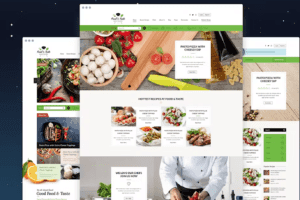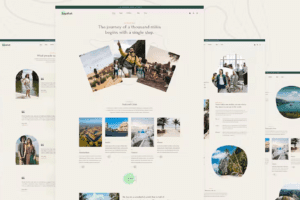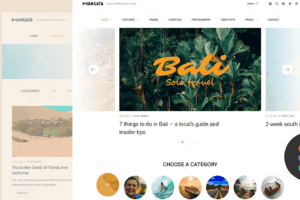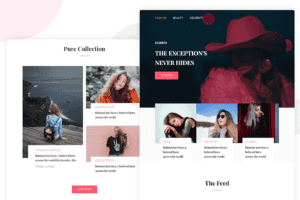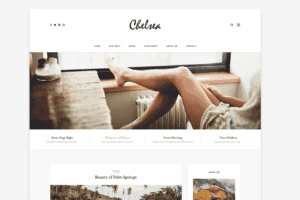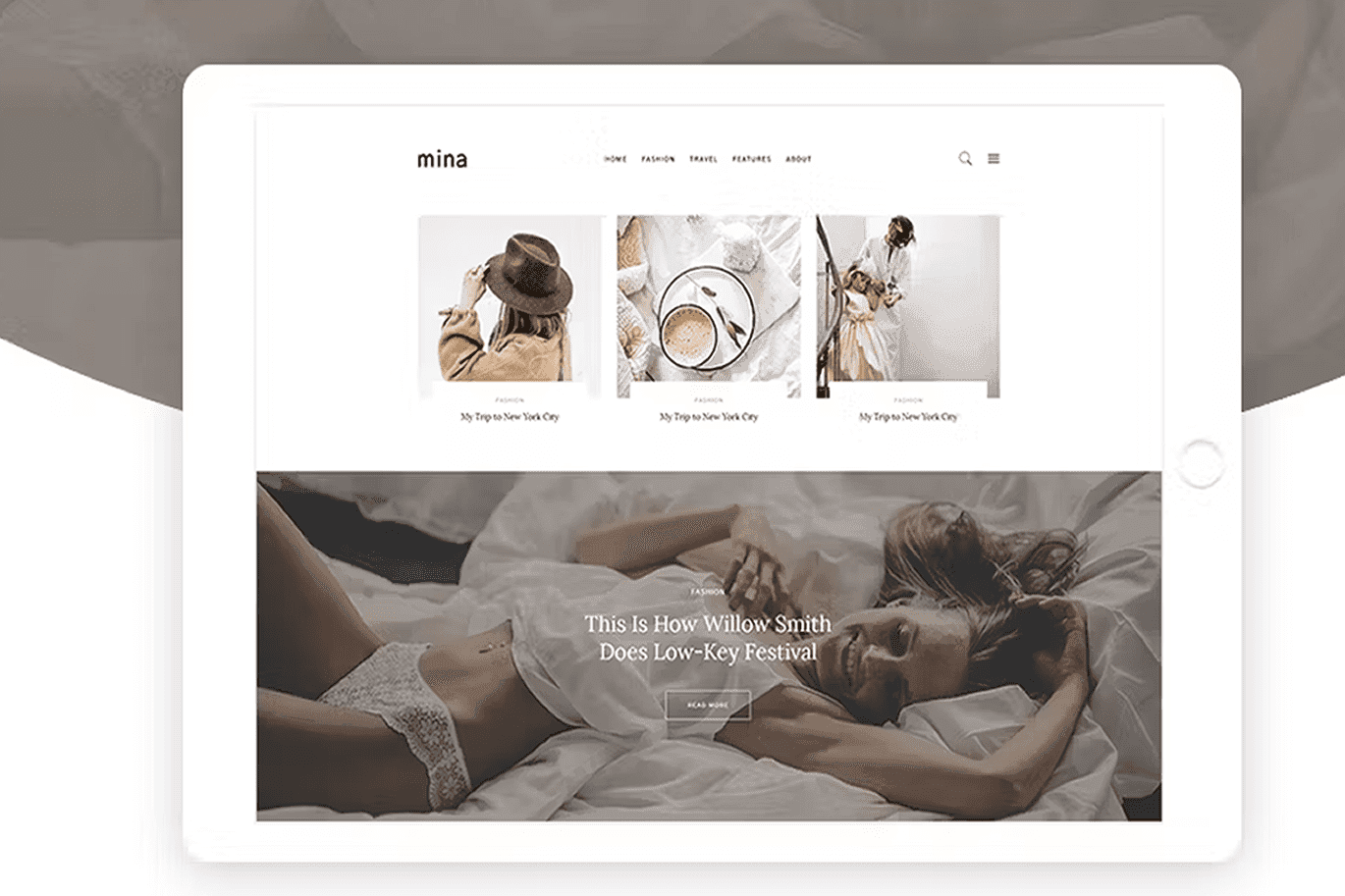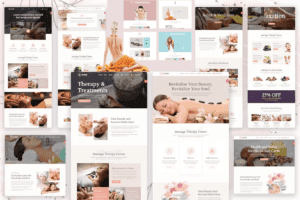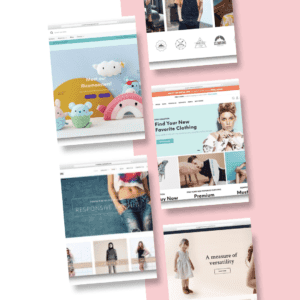Understanding Typography in Web Design
Typography plays a crucial role in web design, influencing readability, user experience, and overall aesthetics. Choosing the right fonts can enhance your site’s message and appeal.
1. Importance of Typography
- First Impressions: Typography sets the tone for your website and influences how users perceive your brand.
- Readability: Well-chosen fonts improve readability, making it easier for visitors to consume content.
- Hierarchy: Typography helps establish visual hierarchy, guiding users through your content in a logical manner.
2. Tips for Choosing the Right Fonts
1. Know Your Audience
- Understand User Preferences: Choose fonts that resonate with your target audience. A playful font may work for a children’s brand, while a clean, modern font suits a tech company.
2. Prioritize Readability
- Choose Legible Fonts: Opt for fonts that are easy to read, especially for body text. Sans-serif fonts like Arial or Helvetica are often more readable on screens.
- Font Size: Ensure your font size is large enough for comfortable reading, typically 16px or larger for body text.
3. Limit Font Variations
- Use Fewer Fonts: Stick to two or three fonts throughout your site to maintain consistency. A common combination is one for headings and another for body text.
- Contrast and Compatibility: Choose fonts that contrast well and complement each other without clashing.
4. Consider Web Safe Fonts
- Choose Web Fonts: Use web-safe fonts or Google Fonts to ensure compatibility across different browsers and devices.
- Loading Speed: Limit the number of fonts to improve site loading times.
5. Establish a Visual Hierarchy
- Use Different Weights and Sizes: Utilize bold or italic styles to emphasize important information and create a visual hierarchy.
- Headings and Subheadings: Clearly differentiate headings, subheadings, and body text to guide users through your content.
6. Maintain Brand Consistency
- Reflect Your Brand Identity: Choose fonts that align with your brand’s personality and values. For example, a luxury brand might opt for elegant serif fonts, while a modern brand may prefer sleek sans-serif options.
- Style Guide: Create a style guide that outlines your font choices and usage to ensure consistency across all platforms.
3. Testing and Feedback
- A/B Testing: Test different font choices to see which resonates better with your audience. Monitor metrics like time on page and bounce rates.
- Gather Feedback: Ask users for feedback on readability and design to make informed decisions about typography.
Conclusion
Typography is a vital component of web design that can significantly impact user experience and engagement. By understanding its role and following these tips for choosing the right fonts, you can create visually appealing and user-friendly websites that effectively convey your brand’s message.












